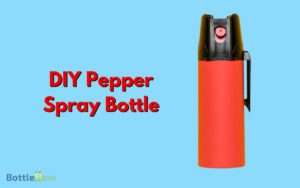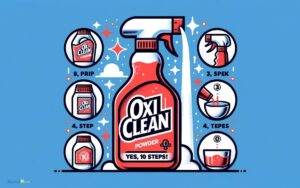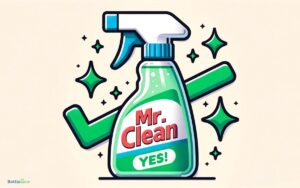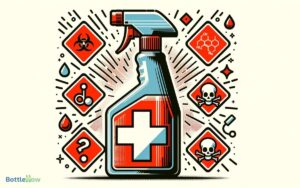How Long Can You Keep Water in a Spray Bottle? Explained!
You can keep water in a spray bottle for about a week under ideal conditions. This duration safeguards water maintains its purity, assuming you’ve minimized exposure to light, heat variations, and contaminants.
Water’s tendency to absorb gases, organic matter, and develop microorganisms makes it susceptible to degradation. Storing your spray bottle in a cool, dark environment helps maintain water quality by limiting these interactions.
Regularly refresh the water to avert bacterial growth and odor formation, especially if additives are involved. Adopting best storage practices greatly impacts water integrity. There’s much to explore about optimizing these conditions for longer storage.
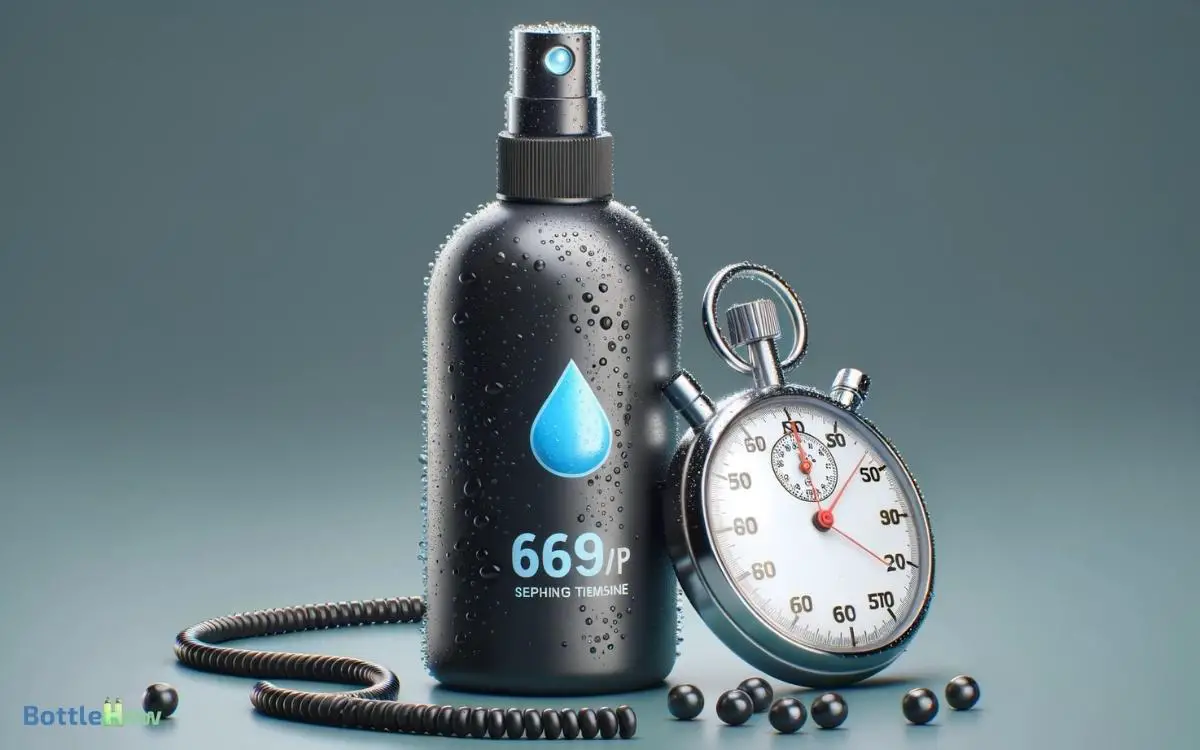
Key Takeaways
Understanding Water Degradation
Water degradation is a critical issue that occurs when impurities accumulate in water over time, reducing its quality and safety for use.
As you’re aiming to maintain ideal conditions in your spray bottle, it’s crucial to understand that the degradation process involves both physical and chemical changes.
These transformations can lead to the development of harmful microorganisms and the dissolution of gases and organic matter, turning pristine water into a potential health hazard.
Your dedication to serving others effectively necessitates vigilance in monitoring the water’s integrity.
Regularly renewing the water in your spray bottle ensures that you’re not inadvertently contributing to the spread of bacteria or exposing others to degraded water quality. Always prioritize safety and efficacy in your service.
Factors Affecting Water Quality
Throughout the day, various factors influence the quality of water in your spray bottle. These factors include exposure to light, temperature fluctuations, and air quality.
- Exposure to sunlight can accelerate the growth of microorganisms. UV rays act as a catalyst for bacterial proliferation.
- Similarly, temperature variations can affect the water’s chemical stability. This can potentially increase the rate at which water reacts with materials from the bottle or contaminants from the environment.
- Additionally, when you open the spray bottle, airborne particles may enter and dissolve into the water. These particles could include pollutants and allergens, altering the water’s purity.
Understanding these factors is essential for maintaining the integrity of the water. This understanding ensures you can serve others effectively with a safe, clean product.
Signs of Contaminated Water
You should be aware of the telltale signs that indicate your spray bottle’s water may be contaminated, such as changes in odor, color, or turbidity.
A musty or sulfur-like smell often suggests bacterial growth or chemical reactions within the stored water.
Alterations in color, from clear to any shade of yellow, brown, or green, typically reflect the presence of organic compounds or metallic elements such as iron or copper.
Increased turbidity, which is the measure of how clear the water is, can signal particulate matter, which may include microorganisms or sediments.
Monitoring these changes is essential to make sure the water you’re using, especially in care settings, remains safe and beneficial for application.
Best Practices for Storage
To guarantee long-term freshness and safety, store your spray bottle in a cool, dark place away from direct sunlight and heat sources. Exposure to UV light and elevated temperatures can catalyze the growth of microbes and the degradation of water quality.
You should also consider the material of the container. Opt for bottles made of materials like PETE or HDPE, which are less permeable to gases and vapors, reducing the risk of contamination. Confirm the seal is airtight to inhibit the ingress of airborne pollutants.
Storing your spray bottle upright minimizes leakage and contact with non-sterile surfaces. By adhering to these guidelines, you’ll maximize the purity of the water, thereby enhancing your ability to serve others effectively and safely.
Refreshing Your Spray Bottle Regularly
Consistently changing the water in your spray bottle guarantees microbial growth prevention and ensures peak performance. This simple habit helps maintain hygiene and prevents bacteria from accumulating inside the bottle. Whether you’re using a water spray bottle for puppy biting or for other household purposes, keeping it clean ensures its effectiveness. Regular maintenance also extends the life of the bottle and keeps your pet safe from potential contaminants.
- Over time, stagnant water becomes a breeding ground for bacteria and fungi, compromising the quality and safety of the water you’re using to serve others.
- To maintain a high standard of hygiene, it’s crucial to empty and replace the water in your spray bottle daily.
- If you’re using additives like essential oils or plant nutrients, consider renewing it even more frequently to prevent chemical degradation and residue buildup.
- This routine guarantees that the water remains pure, effective, and safe for every application, whether you’re misting plants, cleaning surfaces, or caring for pets.
- Regular maintenance also extends the life of your spray bottle by preventing clogging and wear.
Conclusion
Remember, even the clearest stream can cloud over time. Storing water in your spray bottle for more than a week invites microbial guests you don’t want to meet.
Studies show bacteria can double in number every 20 minutes under the right conditions. Treat your spray bottle like a living ecosystem; refresh it frequently to maintain purity.
By adopting this habit, you guarantee the water remains as pristine as a mountain spring, safeguarding your health and peace of mind.

